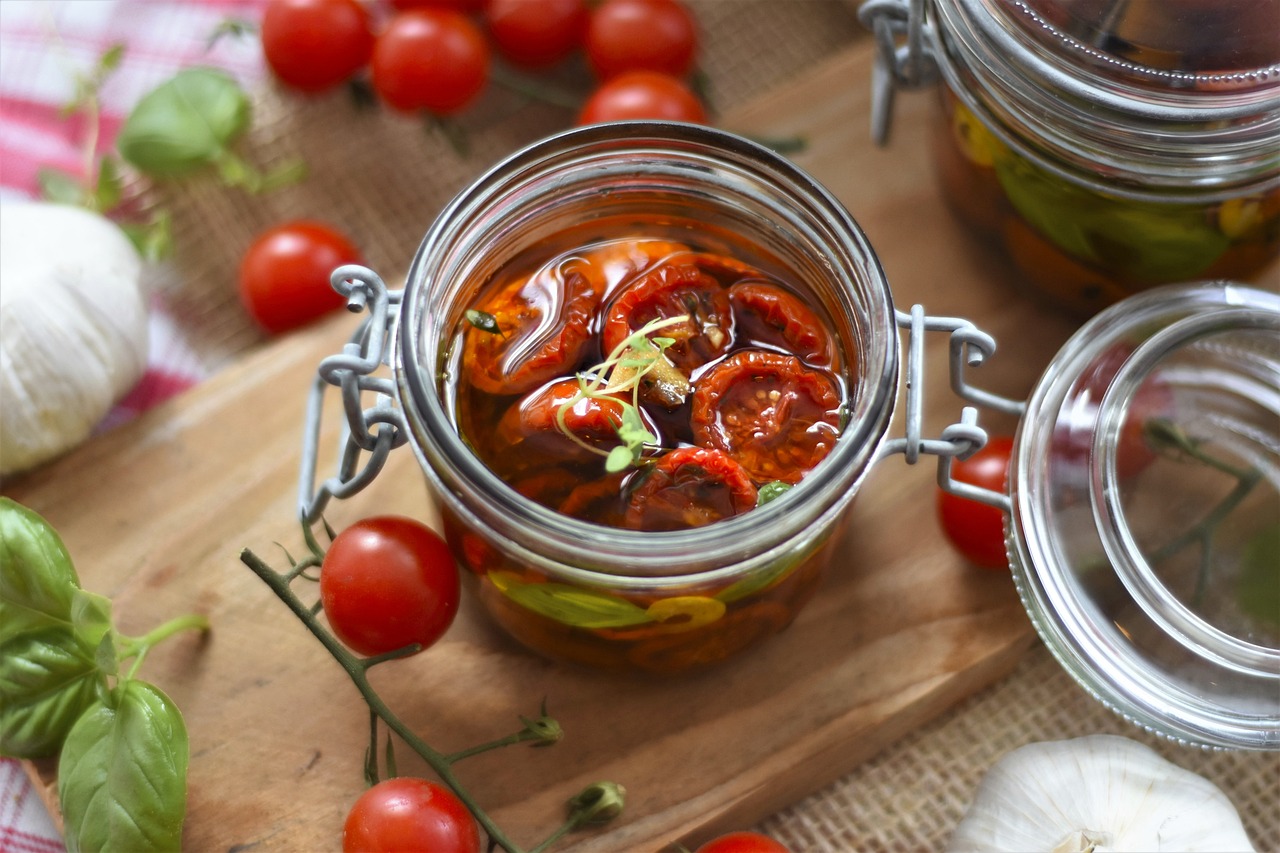How Using Safe Food Storage Techniques Will Help to Save Both Food and Money
In order to preserve the quality of food, particularly the flavor, texture and nutritional value, one needs to know how to store foods as well as how long they will remain safe and of high quality. Safe food storage also helps to prevent food-borne illnesses caused by harmful bacteria and it is a great way to save money! The storage time of fresh food is greatly affected by its quality at the time of purchase, and stored foods will never increase in freshness, they can only decrease. At the grocery store try to select perishable items last and store them in the refrigerator or freezer as soon as you get home. Don’t buy food in quantities that cannot be eaten in a reasonable amount of time, and make sure to rotate stored foods to ensure that you use older items first.
Use the following general guidelines for safe food storage:
In The Refrigerator
Always keep the temperature at 40 degrees F or below, try using a thermometer in different parts of the refrigerator to monitor the temperature.
Foods like poultry, fish, meats, eggs, milk and other dairy products should be stored in the coldest sections of the refrigerator.
Always store foods in airtight wraps or containers, this helps to prevent foods from drying out, as well as preventing odors or flavors from transferring from one food to another.
Wrap raw meats, fish and poultry thoroughly, making sure that no juices can drip from them (this can contaminate other foods). Avoid using bags that are not made for storage.
Leave enough space in the refrigerator to allow air to circulate freely, this will allow foods to be adequately cooled
Remember that refrigeration does not prevent the growth of harmful bacteria, it only slows them down.
In The Freezer
Always maintain a temperature of 0 degrees F or below, quality of food will deteriorate at higher temperatures.
Freeze items in moisture proof wraps or containers, freezer burn will occur if the packaging is torn or has holes in it.
Always thaw foods in the refrigerator; this will help to control bacteria growth.
Food can be refrozen if it is partially thawed, however this may lower the quality, but combination dishes like casseroles, soups and stews should not be refrozen.
It is very helpful if frozen foods are labeled properly, include the type of food, the weight and the date to easily find identify them.
In The Pantry
Keep the pantry dark, cool and dry, try to keep the temperature between 50 and 70 degrees F.
Many pantry items have a long shelf life, but only buy what you can realistically expect to use within the recommended storage times.
Store foods in glass, plastic or metal containers, this will help to keep them from deteriorating in the pantry.
Clean the pantry periodically to remove food particles.
Food should be stored in the coolest cabinets, as far away as possible from the dishwasher, water heater or stove.
Remember that safe food storage will allow you to eat healthier and get more enjoyment out of your foods, while at the same time saving money!
The Author:
Mark Gold has more than 27 years of experience in the Food and Beverage Industry. He has written numerous articles on foods and food preservation.
Source: Ab








